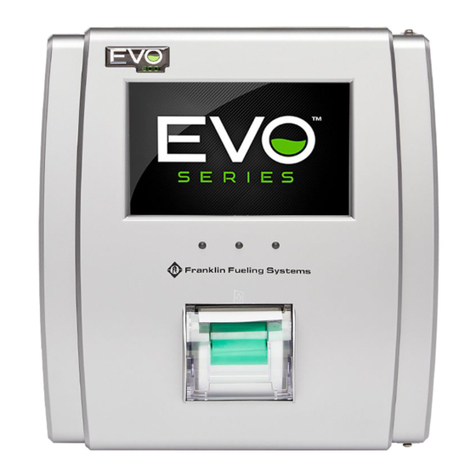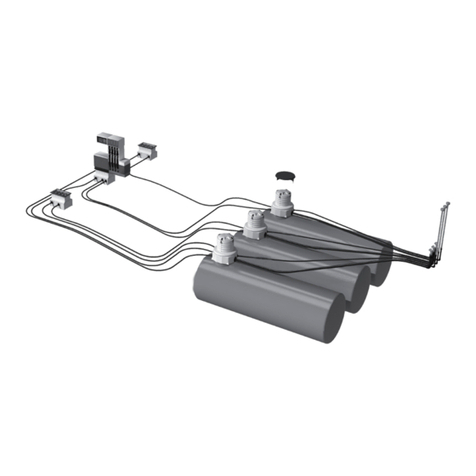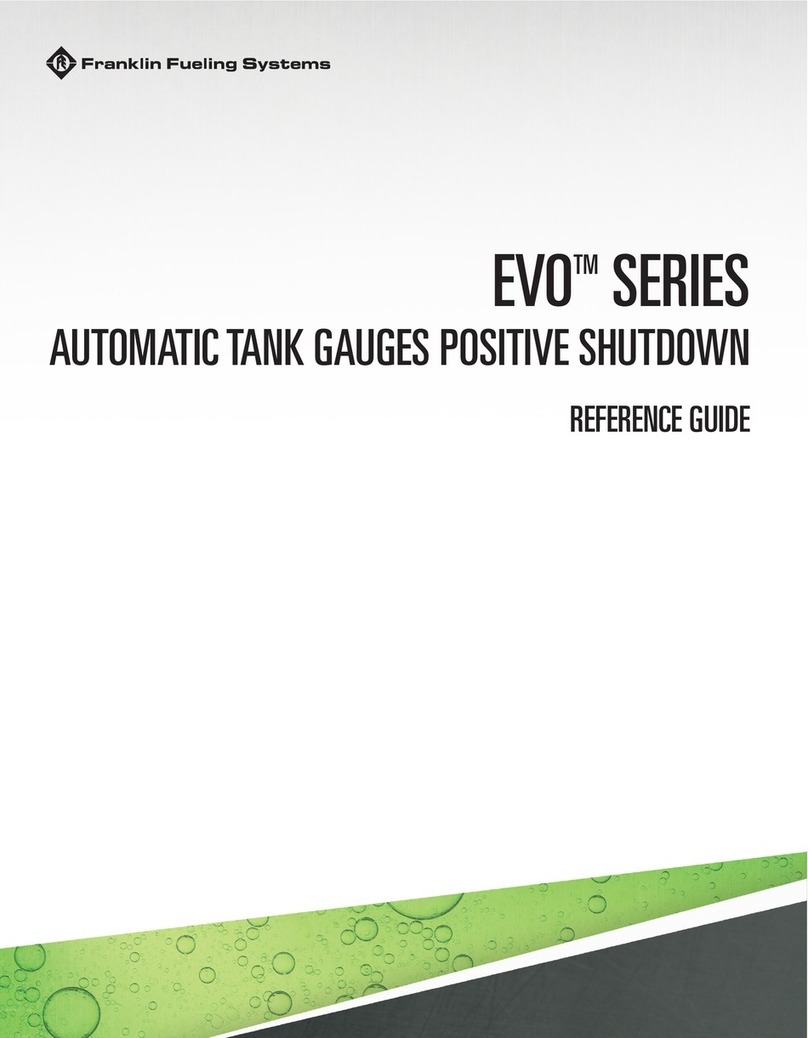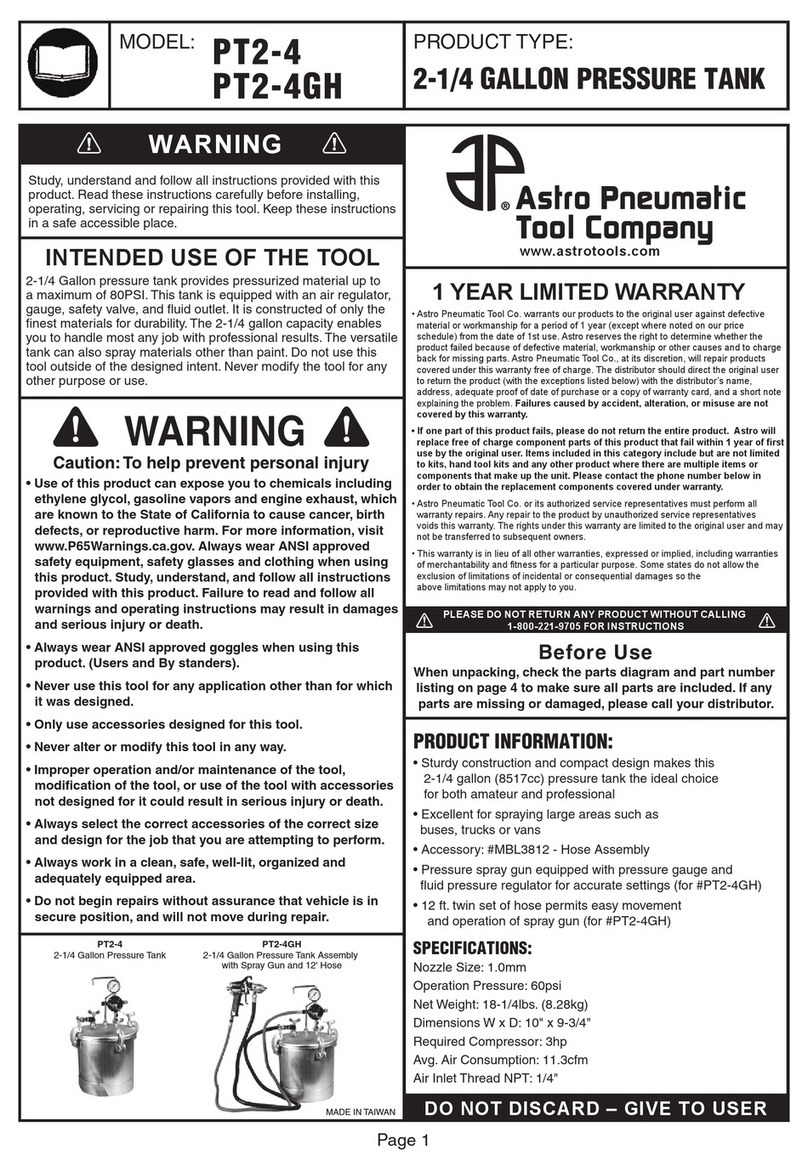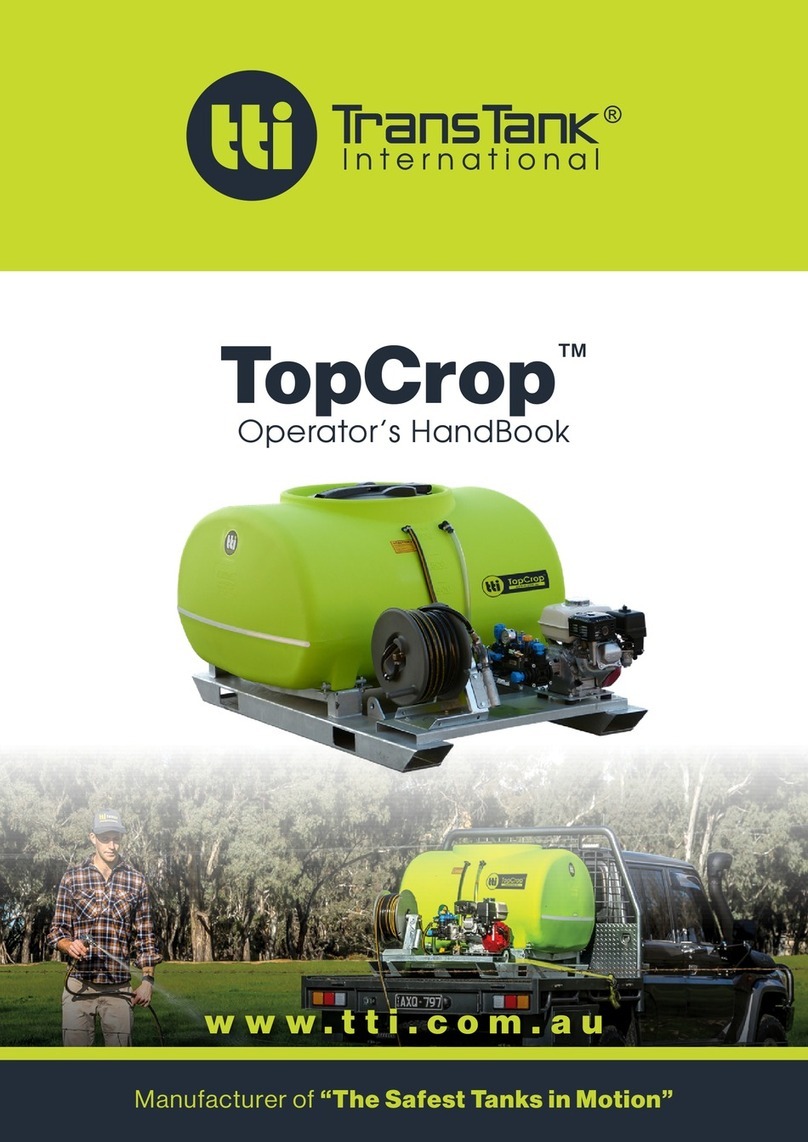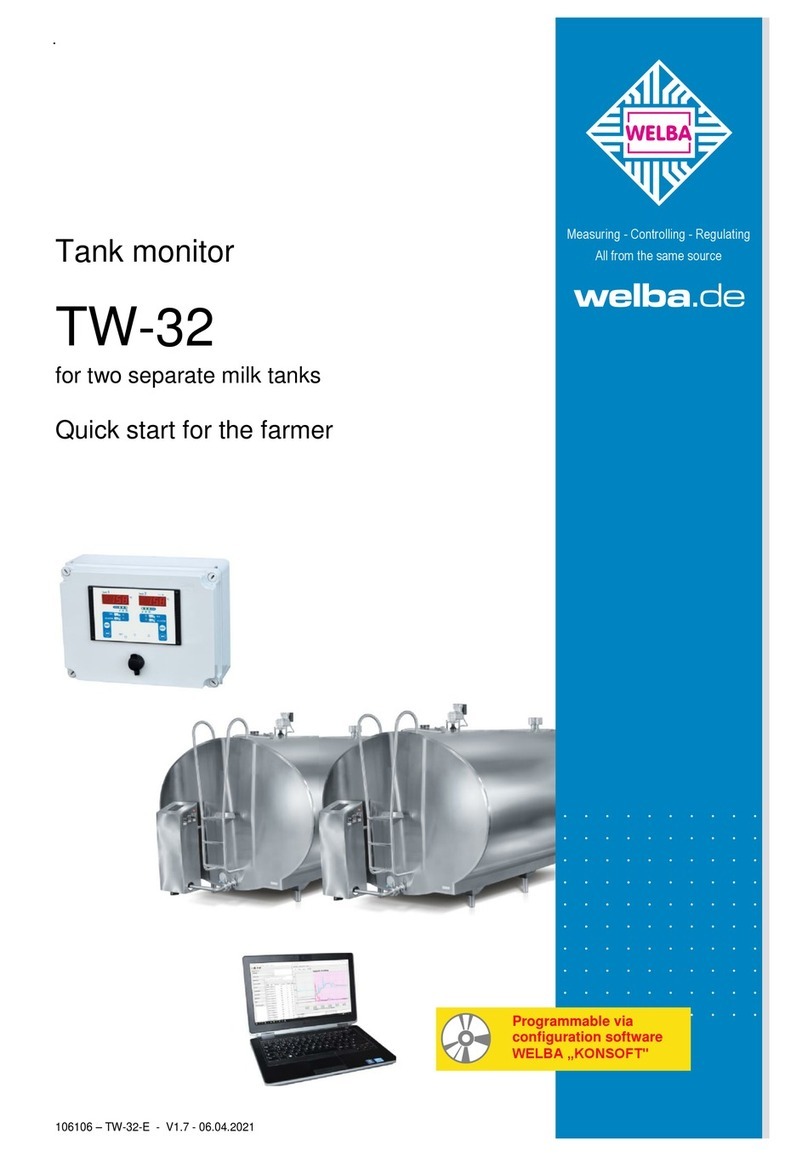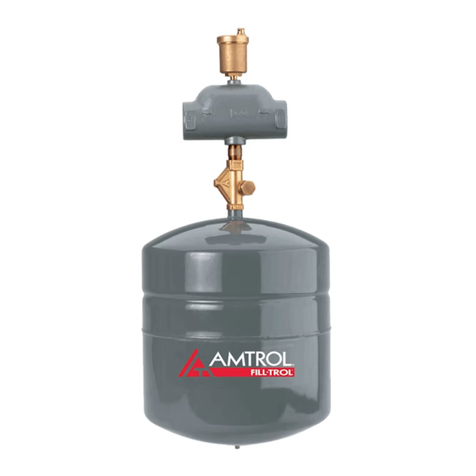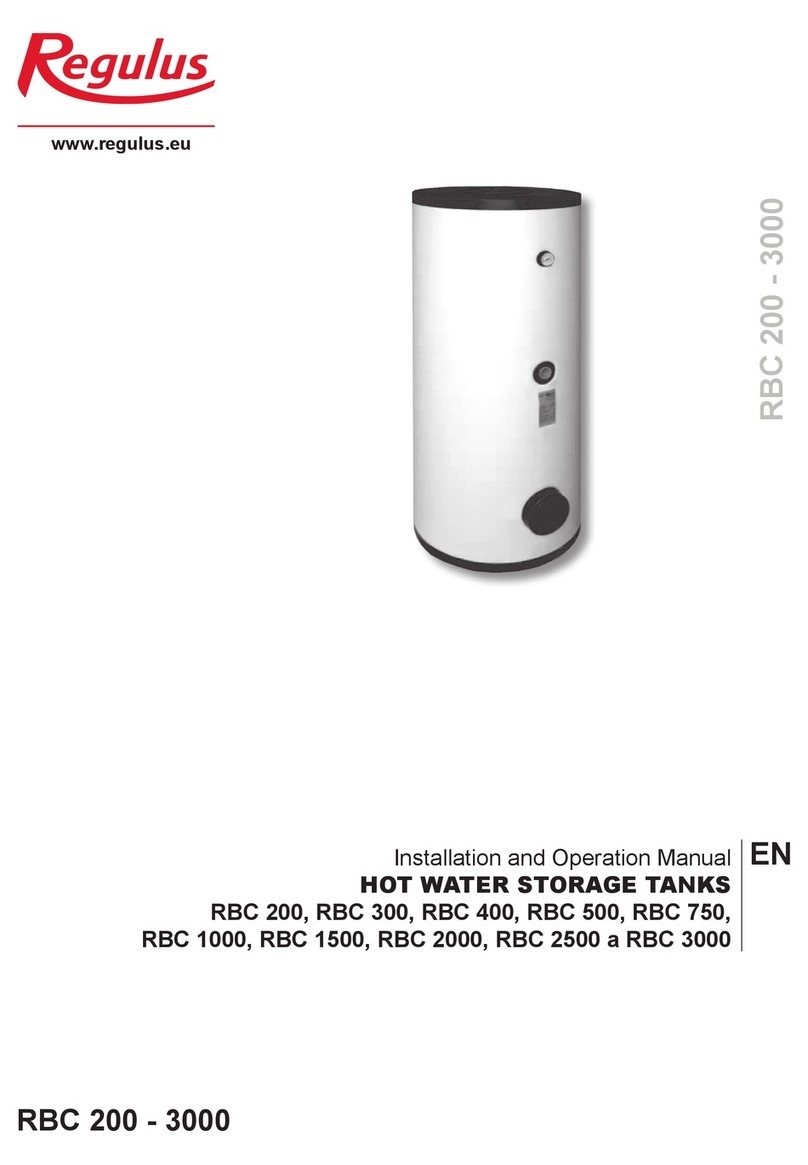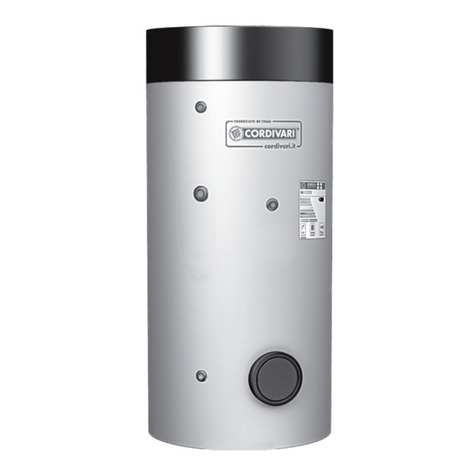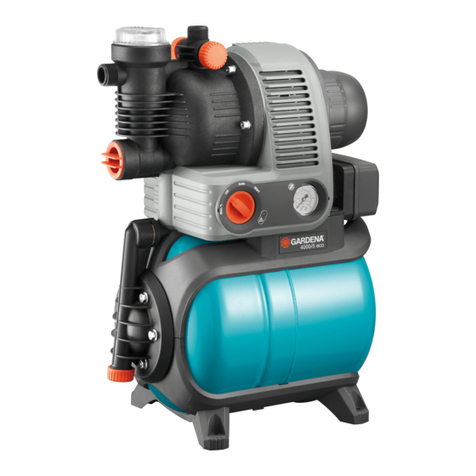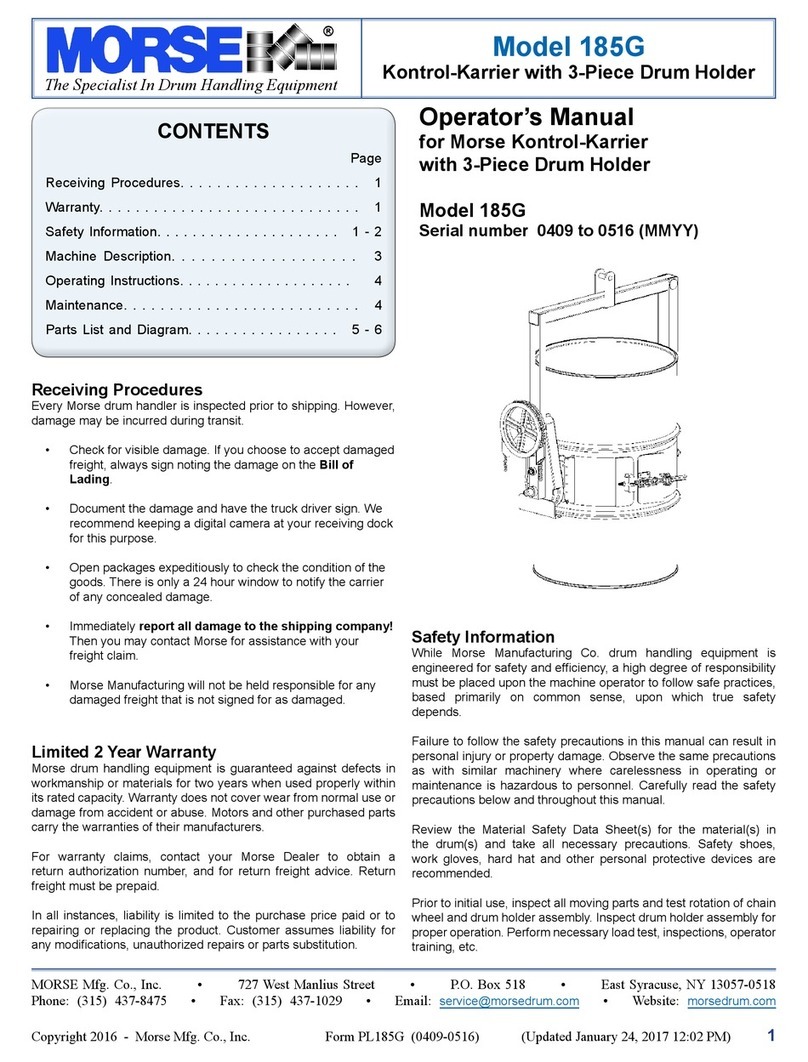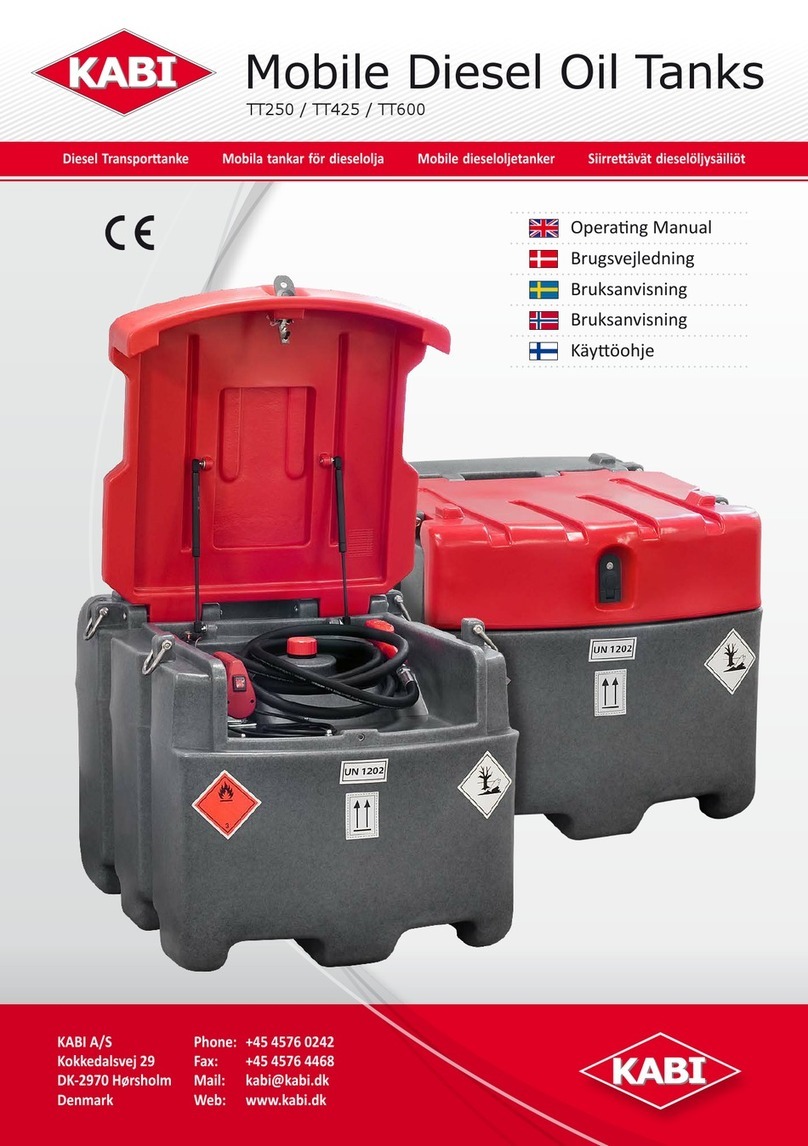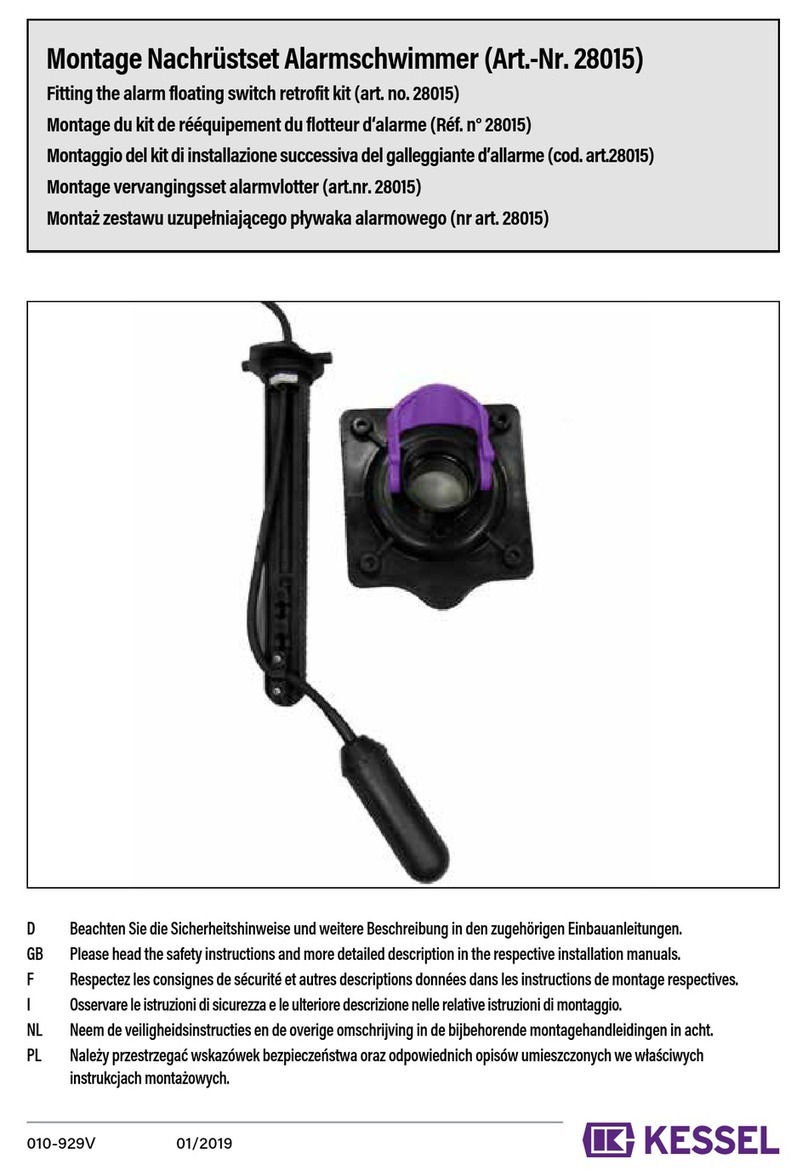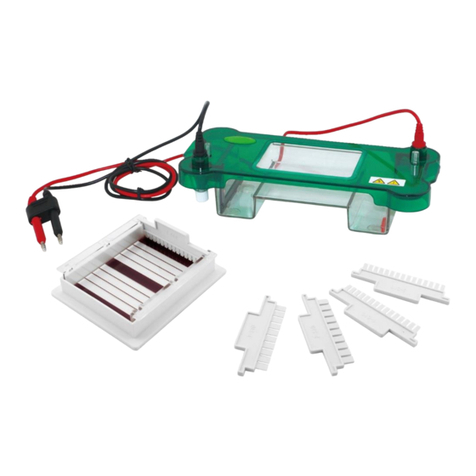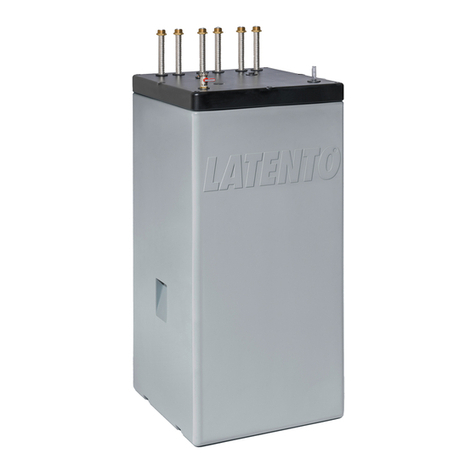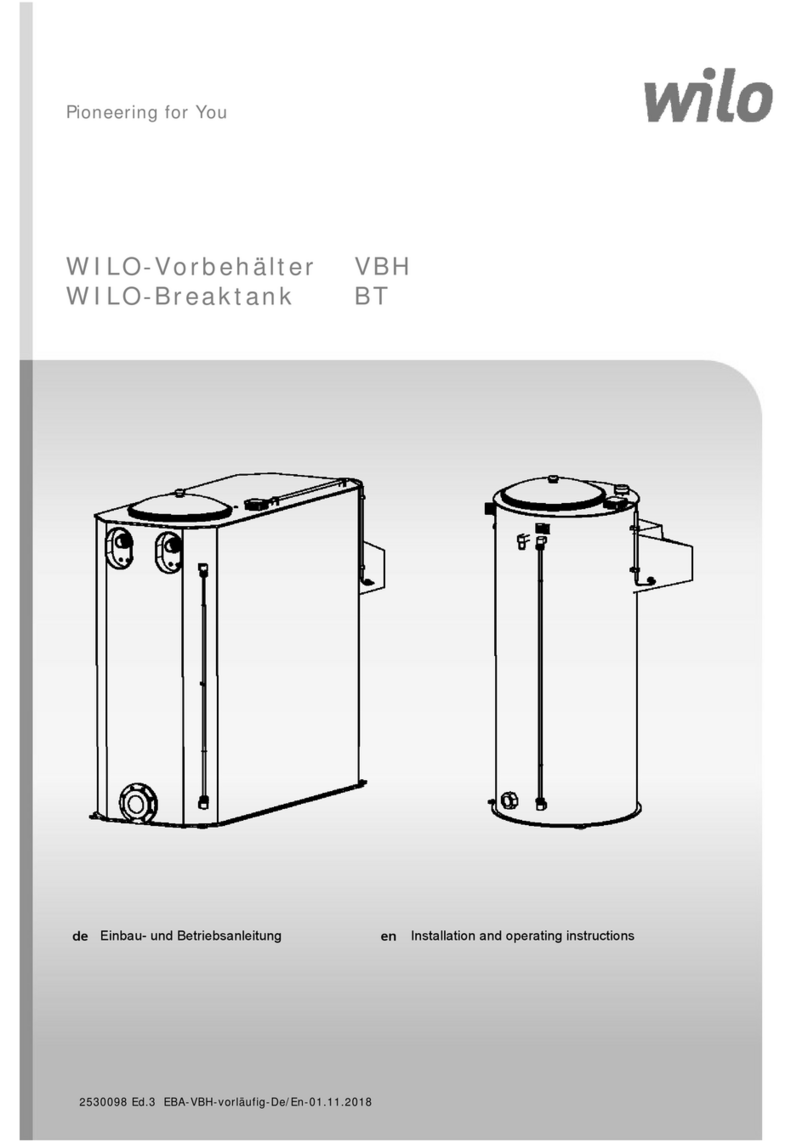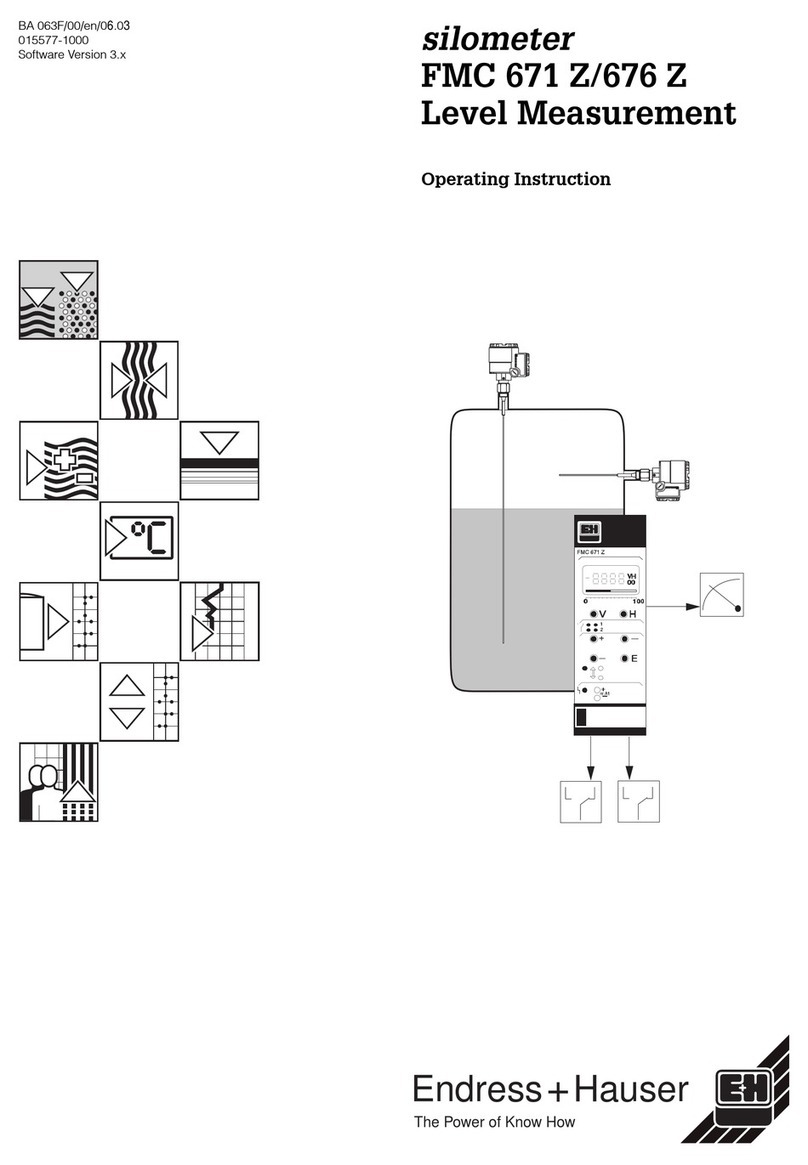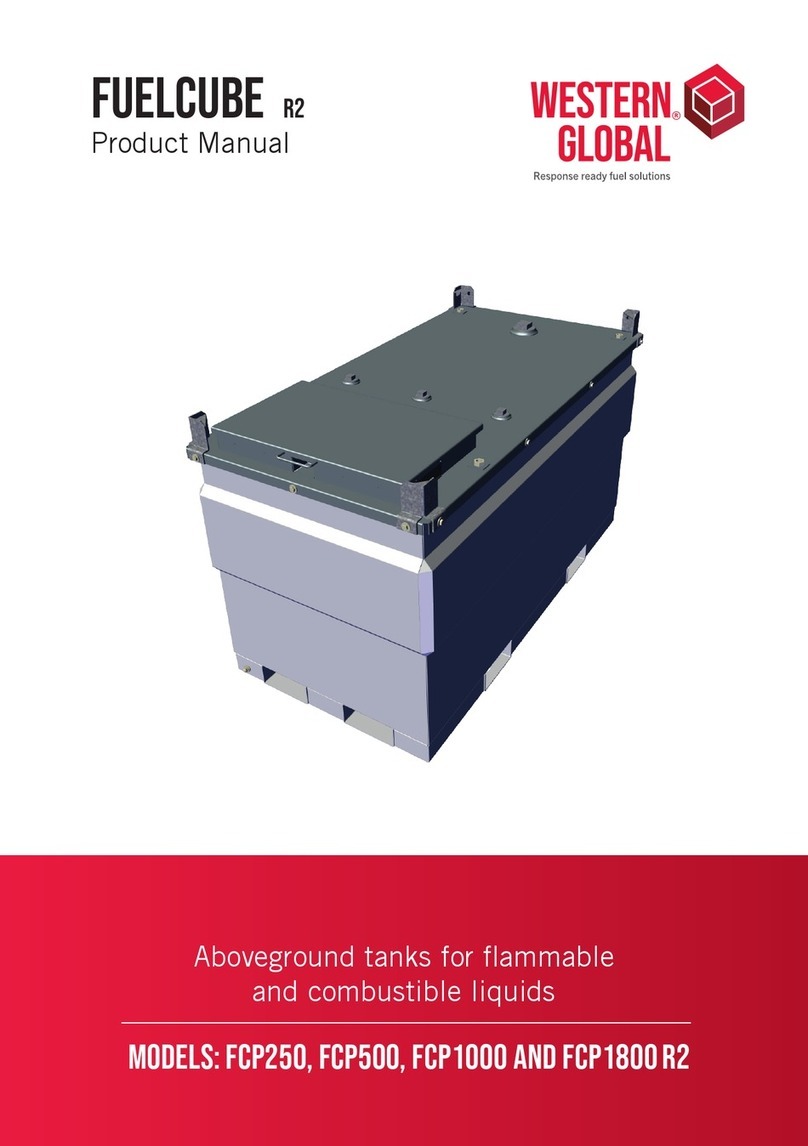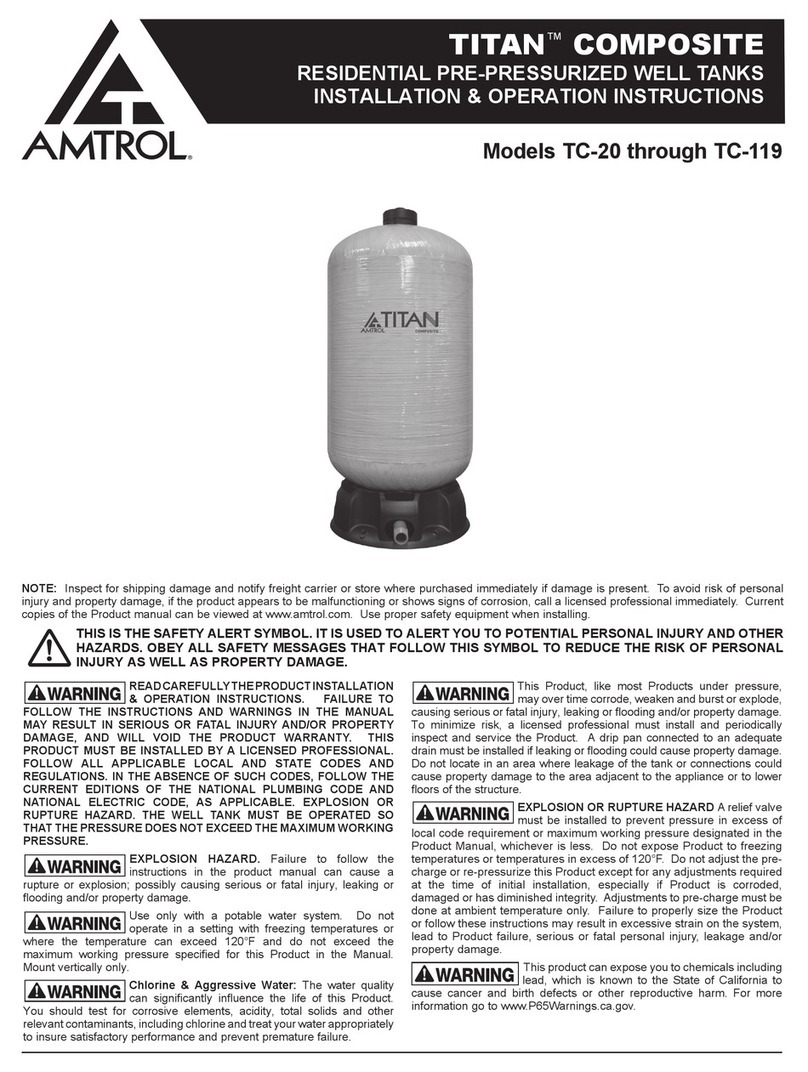
2-wire sensor module (2WSNS) ....................................................................................................19
4-20 mA analog input module (420IB)..........................................................................................20
Relay Module (RM) ........................................................................................................................21
Communicaon ports....................................................................................................................22
RS-232 communicaon connectors...............................................................................................23
Setup checklist...............................................................................................................................24
System Setup and Programming Parameters...................................................................................27
System ID .......................................................................................................................................27
System conguraon .....................................................................................................................28
Probe module ................................................................................................................................28
AC input module ...........................................................................................................................29
2-wire sensor modules ..................................................................................................................30
2-wire sensor modules (connued) ..............................................................................................31
4-20mA input modules..................................................................................................................32
Power supply..................................................................................................................................33
Power supply (connued)..............................................................................................................34
Power supply (connued)..............................................................................................................35
Power supply (connued)..............................................................................................................36
Relay Modules ............................................................................................................................36
T5 to SCI wiring diagram................................................................................................................37
TPI wiring for Mag VFC controllers diagram..................................................................................38
Fuel management system..............................................................................................................39
Fuel management system (connued)..........................................................................................40
Fuel management system (connued)..........................................................................................41
Fuel management system (connued)..........................................................................................42
Fuel management system (connued)..........................................................................................43
Fuel management system (connued)..........................................................................................44
Fuel management system (connued)..........................................................................................45
Fuel management system (connued)..........................................................................................46
Typical Kwik Trip site setup .........................................................................................................46
Fuel management system (connued)..........................................................................................47
Fuel management system (connued)..........................................................................................48
Fuel management system (connued)..........................................................................................49
Fuel management system (connued)..........................................................................................50
Fuel management system (connued)..........................................................................................51
DEF programming ..........................................................................................................................52
E-Mail .............................................................................................................................................53
Rules...............................................................................................................................................54
Rules (connued)...........................................................................................................................55
Rules (connued)...........................................................................................................................57
Rules (connued)...........................................................................................................................58
Example wiring...............................................................................................................................58
ATG wiring...................................................................................................................................58
Typical wiring cabinet layout ......................................................................................................59
Fuel Management Systems Line Applicaon Setup .........................................................................61
